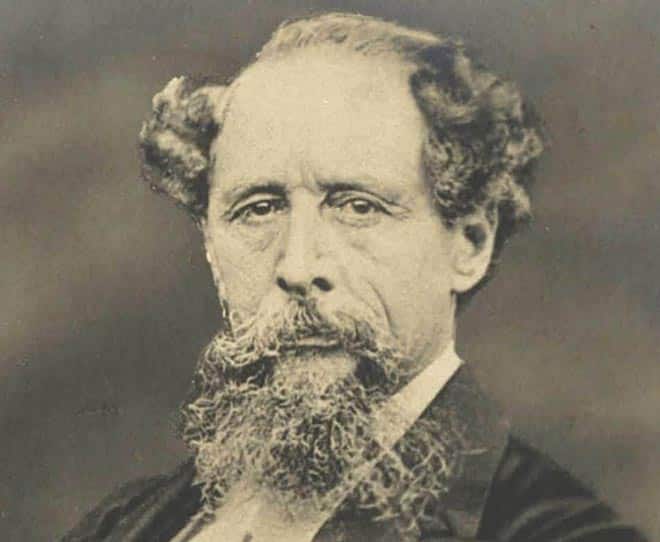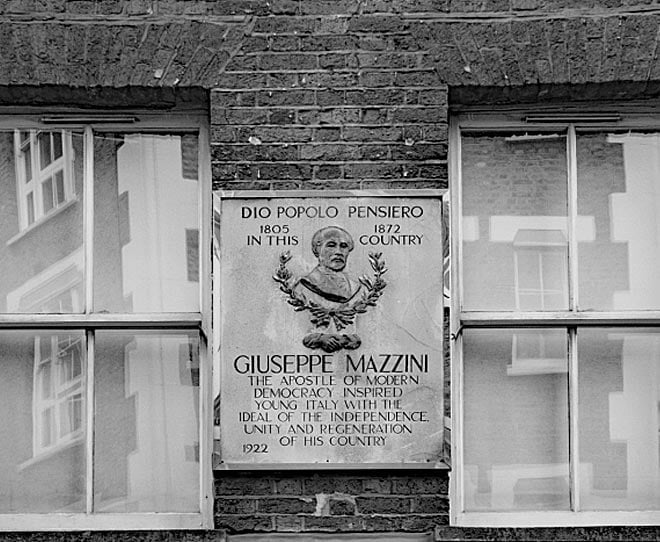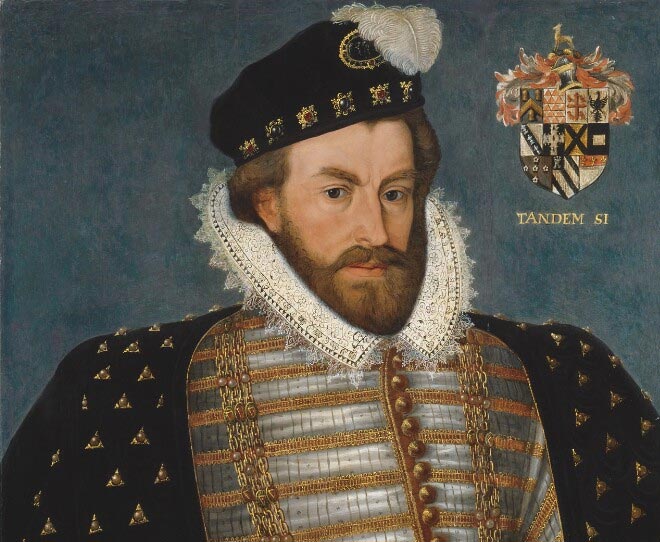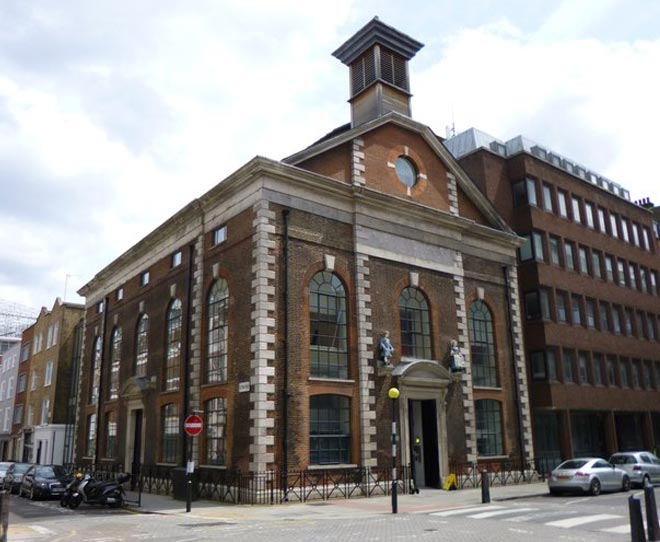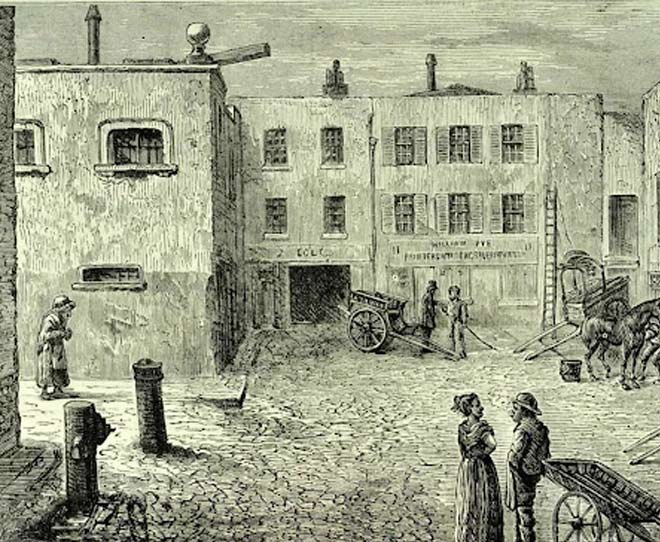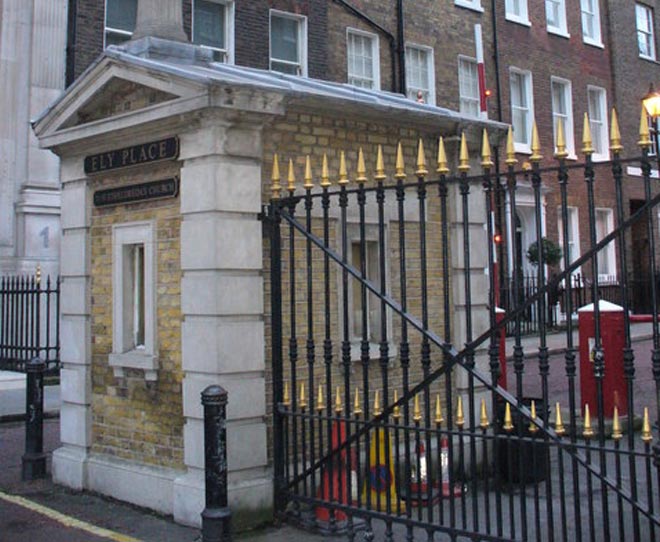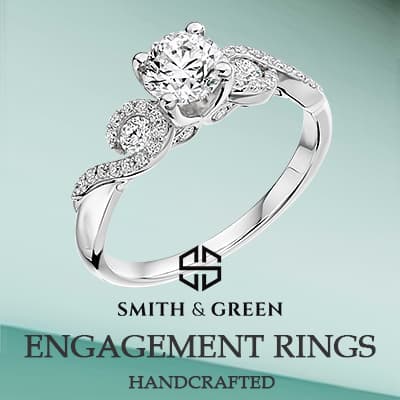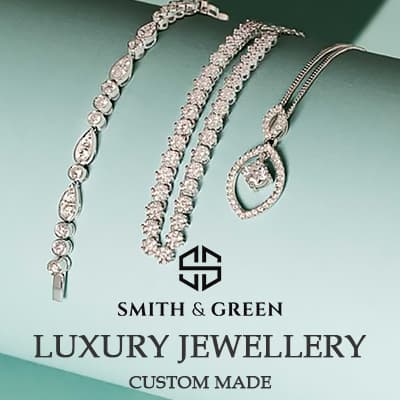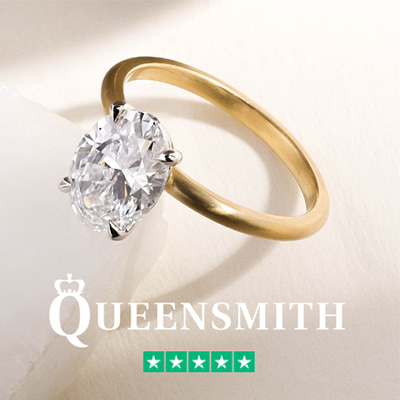The history of Hatton Garden
Buying jewellery in Hatton Garden, If like Dr Johnson, you enjoy anecdotes and secret histories. Make sure you take the opportunity to explore this unique part of the city fringe in central London. Start with the Dragons, outside Chancery Lane station. This marks the position of the barriers that were the City of London’s outer gates at Holborn Bars in 1222. High Holborn was originally an old Roman road. It later became a route for criminals convicted in the City Courts. They were taken by tumbrel to the present Centre Point site in Tottenham Court Road. Nathaniel Hawthorne visited England in the 1850s. He wrote about the quiet green spaces and peaceful atmosphere of the Inns of Court. Visit nearby Gray’s Inn and the Staple Inn to see these secluded places, which still exist today.



